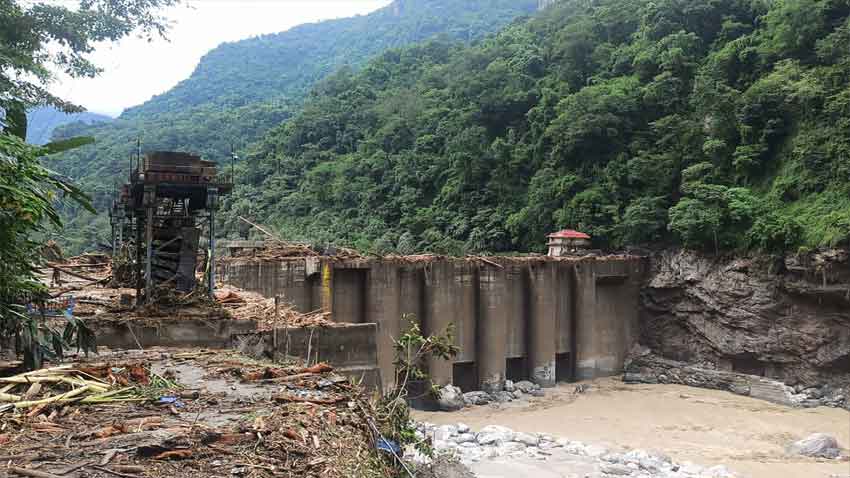
The extreme weather chaos has shocked both locals and tourists, raising urgent questions about climate change and preparedness.
Every year, dozens lose their lives during India’s rainy season as flash floods and landslides sweep through different states. With a population of 1.4 billion, the country faces enormous challenges whenever heavy rains hit.
Swollen rivers, including the mighty Beas that originates from the towering glacial peaks, wreaked havoc by washing away roads and isolating communities in Himachal Pradesh. The state’s revenue department confirmed in a statement that the "cumulative damage" so far includes 69 deaths and 110 injuries.
India’s meteorological department has now issued a fresh warning for "heavy to very heavy rainfall" in Himachal Pradesh and the neighbouring state of Uttarakhand, a beloved Himalayan destination among local tourists.
While the monsoon season from June to September brings crucial relief from scorching heat and helps refill water reserves, it also unleashes widespread destruction. Just last month, heavy rains in India’s remote northeast killed at least 30 people and displaced dozens more.
The Brahmaputra River, which begins in the Himalayas, burst its banks and flooded towns and villages in Assam. Landslides and flash floods were also reported in Arunachal Pradesh, Mizoram, and Manipur, forcing authorities to call in the Indian military for urgent rescue and relief operations.
Meanwhile, South Asia is experiencing hotter and more unpredictable weather patterns in recent years. Although scientists are still studying exactly how global warming is reshaping monsoon behavior, the early and intense downpours are alarming.
Read more: Taliban gets first official recognition from Russia
In an example of shifting weather trends, India’s financial hub Mumbai was submerged by monsoon rains last month — arriving nearly two weeks earlier than usual and marking the earliest onset in almost 25 years, according to meteorologists.
The tragic loss of life and widespread damage highlight the growing vulnerability of India’s mountainous regions to extreme weather. Increasingly erratic monsoons may be linked to climate change, but there is still uncertainty about how warming specifically affects rainfall patterns. Urgent improvements in early warning systems, infrastructure resilience, and climate adaptation strategies are needed to protect millions living in at-risk areas. The repeated destruction is a stark reminder that nature’s fury is becoming more unpredictable, and better preparation could save countless lives.



